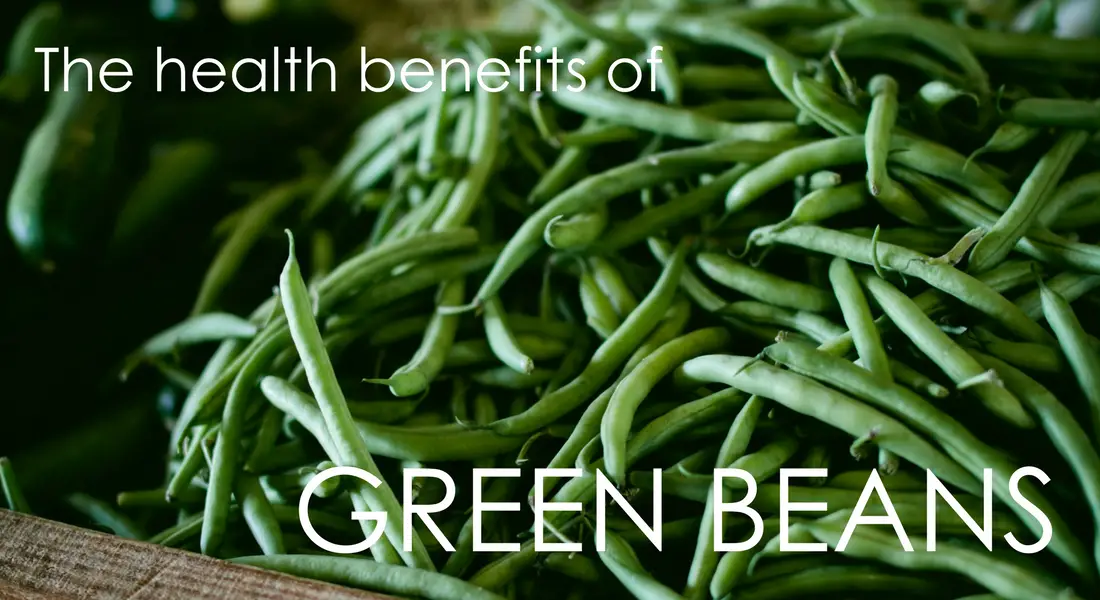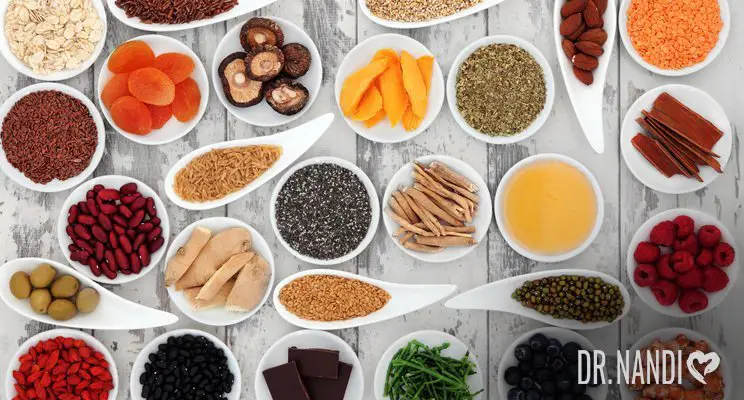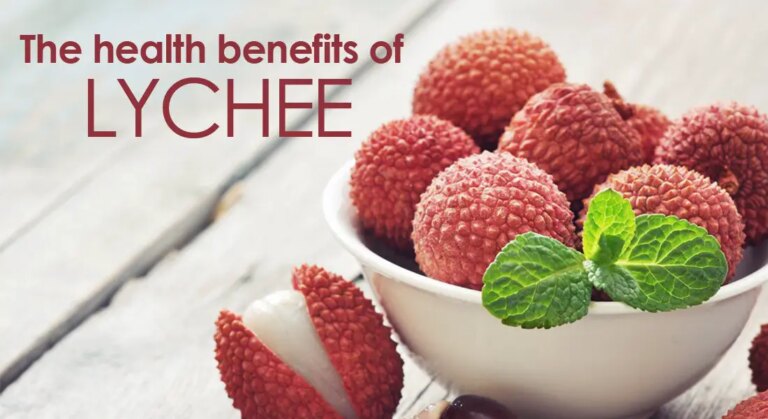There are 130 varieties of green beans, and China grows most of the fruit. Green beans are the unripe, young fruit and protective pods of various types of the common bean. Common names are snaps, string beans, and French beans.
The first “stringless” bean was bred in 1894 by Calvin Keeney, called the “father of the stringless bean.” Most modern green bean varieties do not have strings.
Green Beans Nutrition Facts
A side serving of green beans contains the following nutrients:
- 31 calories
- 7.1 grams carbohydrates
- 1.8 grams protein
- 0.1 gram fat
- 3.4 grams fiber
- 16.3 milligrams of vitamin C (27 percent DV)
- 14.4 micrograms of vitamin K (18 percent DV)
- 0.2 mg of manganese (11 percent DV)
- 37 micrograms of folate (9 percent DV)
- 0.1 milligram of thiamine (6 percent DV)
Eating green beans has many health benefits. They’re rich in vitamin C, K, folate, manganese, and potassium. Aside from being low in calories and fat, green beans are also high in fiber.
Health Benefits of Green Beans
Here are some of the most health benefits of green beans:
Green Beans May Help Build Strong Bones
Green beans contain vitamin K, which is necessary for bone health. Research has shown that even if you have a lot of calcium and low levels of vitamin K, you can have weak bones. Vitamin K produces the proteins that aid the bones in taking in calcium. Vitamin K is known to regulate bone metabolism, preventing mineral loss. Vitamin K plays a crucial role in maintaining bone density. One cup of boiled green beans contains roughly 15% of the daily recommended allowance of vitamin K.
Green Beans May Support Eye Health
Green beans contain the same pigment that gives other vegetables their red, orange and yellow color. These are called carotenoids, and the pigments function as antioxidants. Green beans have three carotenoids. They are beta-carotene, lutein, and zeaxanthin. Beta-carotene converts into retinol, a form of vitamin A that is much needed for normal night vision. The lutein and zeaxanthin absorb the blue light, which helps to protect your eyes from damage caused by a high-intensity light. If you eat one cup of boiled green beans, you get nearly 30% of the daily allowance.
Green Beans May Help in the Battle Against Colon Cancer
Promising results have shown that eating green beans prevents pre-cancerous polyps, which commonly lead to colon cancer. New evidence shows that increased dietary green beans help reduce the risk of cancerous adenoma reforming and colorectal cancer. More research needs to be done, but the results are encouraging. Green beans contain high levels of fiber which is incredibly important to your digestive system—various types of fiber help ease the digestive system and aid in promoting a healthy bowel movement. The fiber in green beans may have a positive link between a higher fiber amount and a reduction in colon cancer.
Green Beans are Good for Pregnancy
Studies show that green beans are good for pregnant women to add to their diet. Green beans are an excellent folate source, essential to DNA synthesis and cell division. More research is being done, but the results suggest that green beans eaten during preconception and pregnancy may help prevent neural tube defects in newborns. One serving of green beans contains nearly 10% of the daily recommended allowance of folate needed for good health.
Green Beans Promote Healthy Collagen Levels
Green beans contain vitamin C, which is an antioxidant. Vitamin C helps to neutralize freed radicals and helps to protect proteins, fats, and DNA from free radicals, but vitamin C also helps make collagen. Collagen is the connective tissue that supports and strengthens skin, bones, tendons, and organs. Without vitamin C, collagen would not be able to be made. Green beans contain nearly 15% of your daily recommended allowance of vitamin C.
Green Beans May Help Maintain Ideal Weight
Eating green beans may help you to lose weight. A cup of steamed green beans has only 44 calories, making them a great way to add extra nutrition to your diet without adding too many calories. Green beans haven’t been directly linked with weight reduction, but their low-calorie content may contribute to this goal.
Green Beans are Good for the Heart
Green beans are cholesterol-free. Although your body requires cholesterol for cell development, an excess of it is harmful. Excess cholesterol might cause a build-up of fat deposits in your arteries, reducing blood flow to your heart and brain.
Green Beans May Help Treat Depression
Fruits and vegetables, in general, have been linked to a decreased incidence of depression. Green beans are high in vitamin C and B, which have been proven to improve mental health. The effects were more apparent with raw fruits and veggies.
Beans contain vitamins and minerals like magnesium, zinc, and the amino acids glutamine and tyrosine – all of which improve brain health by producing neurotransmitters.
Green Beans May Promote Gastrointestinal Health
Beans have high potassium, magnesium, and insoluble fiber, which is essential for good health. A lot of beans also contain a large amount of fiber. Both soluble and insoluble fibers are present in beans (75%).
Green beans are a type of food that contains fiber. It means that it can help you have a healthy digestive system and might help prevent some types of cancer. Eating green beans could also reduce the symptoms of Irritable Bowel Syndrome (IBS). Scientists believe this is because of all the fiber in green beans.
Green Beans May Help Control Diabetes
Studies have suggested that green beans can help improve metabolism in people with diabetes. While all vegetables offer some health benefits, those high in starch may not be the best choice for people with diabetes. Green beans are low in carbs and an excellent option for anyone on a diabetic diet.
A cup of beans daily, combined with a low-glycemic diet, can lower blood sugar levels and reduce the risk of heart disease.
Green Beans May Promote Heart Health
Legumes, which greens are a part of, have been linked to a decreased risk of heart disease. The fiber and folate in beans contribute to this. They also include vitamin B12, which works together to lower plasma homocysteine levels. Natural levels of homocysteine have been linked to heart disease.
Green beans are a high magnesium food, which may help prevent heart disease. The fiber in green beans (and other veggies) can assist reduce cholesterol and blood pressure while aiding blood vessel function. It may benefit heart health regularly.
Green Beans May Promote Immunity
Green beans are high in carotenoids and a good vitamin A. Vitamin A is plentiful in a cup of green beans, which provides around 20% of the daily value. The mineral inhibits inflammation and boosts your immune system.
Green Beans May Improve Vision
Green beans are pleasing to the palate and beneficial for your eyesight. It’s due to lutein and zeaxanthin, two important antioxidants that promote vision health. Studies show how these nutrients prevent age-related macular degeneration (AMD) and cataracts.
Not only can a diet rich in lutein and zeaxanthin help prevent AMD (age-related macular degeneration) in people with the genetic disposition, but green beans may further augment these effects. It’s likely because of the significant levels of lutein and zeaxanthin in green beans, which have increased macular pigment optical density.
References:
- Intake of bean fiber, beans, and grains and reduced risk of hormone receptor‐negative breast cancer: the San Francisco Bay Area Breast Cancer Study – PMC (nih.gov)
- High Dry Bean Intake and Reduced Risk of Advanced Colorectal Adenoma Recurrence among Participants in the Polyp Prevention Trial – PMC (nih.gov)
- High Dry Bean Intake and Reduced Risk of Advanced Colorectal Adenoma Recurrence among Participants in the Polyp Prevention Trial – PMC (nih.gov)
- Chlorophyll and Metallo-Chlorophyll Derivatives | Linus Pauling Institute | Oregon State University
- Legume Consumption and Risk of Coronary Heart Disease in US Men and Women: NHANES I Epidemiologic Follow-up Study | Cardiology | JAMA Internal Medicine | JAMA Network
- Cereal grains and legumes in the prevention of coronary heart disease and stroke: a review of the literature – PubMed (nih.gov)
- Fruits and vegetables for heart health: More is better – Harvard Health
- Metabolic effects of onion and green beans on diabetic patients – PubMed (nih.gov)
- Diabetes Diet, Eating, & Physical Activity | NIDDK (nih.gov)
- Beans may help control blood sugar in people with diabetes – Harvard Health
- Health benefits of dietary fiber – Anderson – 2009 – Nutrition Reviews – Wiley Online Library
- Facts on Fiber and Whole Grains – American Institute for Cancer Research % (aicr.org)
- Irritable Bowel Syndrome (IBS) – Health Encyclopedia – University of Rochester Medical Center
- Bone Health for Life: Health Information Basics for You and Your Family | NIH Osteoporosis and Related Bone Diseases National Resource Center
- Effect of soaking and sprouting on iron and zinc availability in green and white faba bean (Vicia faba L.) – PMC (nih.gov)
- How to Use Fruits and Vegetables to Help Manage Your Weight | Healthy Weight, Nutrition, and Physical Activity | CDC
- Role of Vitamin A in the Immune System – PMC (nih.gov)
- Lutein and Zeaxanthin—Food Sources, Bioavailability and Dietary Variety in Age-Related Macular Degeneration Protection – PMC (nih.gov)
- Genetic susceptibility, dietary antioxidants, and long-term incidence of age-related macular degeneration in two populations – PubMed (nih.gov)
- Changes of macular pigment optical density in elderly eyes: a longitudinal analysis from the MARS study – PubMed (nih.gov)
- Intake of Raw Fruits and Vegetables Is Associated With Better Mental Health Than Intake of Processed Fruits and Vegetables – PMC (nih.gov)
- Nutrition and depression at the forefront of progress – PMC (nih.gov)
- Could Your Diet Be Affecting Your Depression? – SOVA (pitt.edu)
- All About Beans Nutrition, Health Benefits, Preparation and Use in Menus | NDSU Agriculture and Extension


















